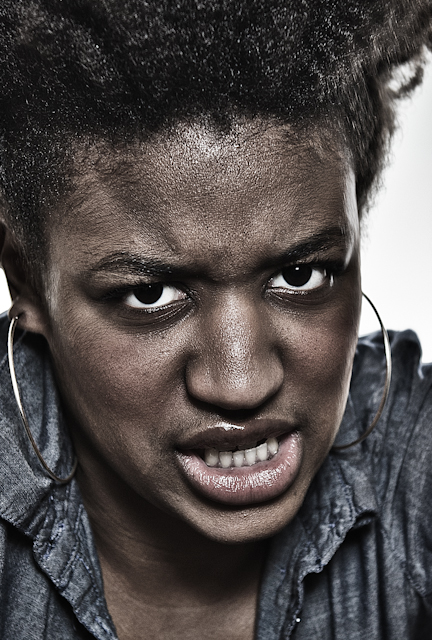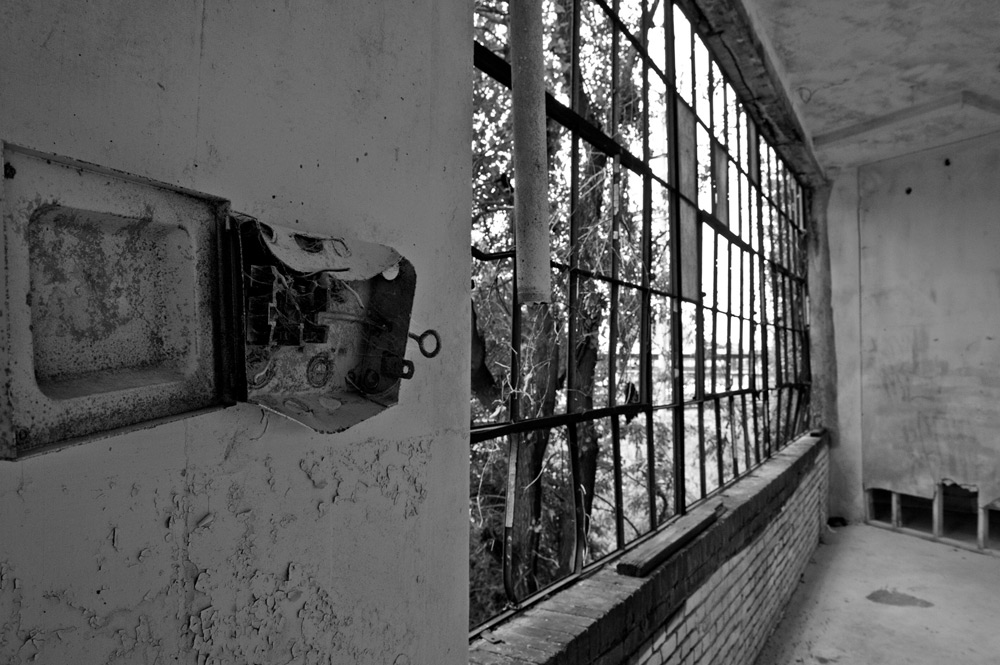“You Charge How Much!?”
In my last post I wrote about how I need to explain what my rate is and how it applies to each project. I thought that I should also explain what makes up a photographer’s rate and why it seems like it is so much when in fact it really isn’t as much as it seems.
I am almost always asked by a potential client, “what is your rate for…” which is often followed up with, “Wow, that seems like a lot just to take a picture.” Well, when I create an image for you I don’t just take a picture. First let me explain what goes into the actual image creation.
There are multiple parts to each project whether it be a family portrait, or a series of Architectural photos of a newly constructed facility. They do have many things in common though. Each requires a consultation, the actual photo shoot, editing of the images, producing the images in either electronic or print formats (or both), and finally delivery of the images themselves. So how long does that actually take?
| Task | Time | Average |
| Consulting | 1.0 | 1.0 |
| Shooting | 1.5 – 3 | 2.25 |
| Editing | 17 min per image | 11.3 |
| Production | 1.5 | 1.5 |
| Delivery | 1.5 | 1.5 |
| Total Time Spent | 17.6 |
You may not be interested in what the photographer makes per hour and for those of you reading this, I will summarize this up for you right here. If I deliver to you 45 finished images (my personal average) after a 2.25 hour shoot, that comes to a total cost of 10 units (or dollars) per image. Not bad to have a professional photographer get you high quality results!
If you want to know more about the cost of photography, read on. It’s long but it is at the very least, interesting.
Some projects will take more time than others, setup and preparation has been excluded for this example. Most projects will take more time than is mentioned here but for the sake of argument I am going to go with an average of a 2.25 hour photo shoot. Those two and a quarter hours where you are working with me actually means a minimum of more than 17.5 hours of work including the time ‘behind the scenes.’
If we use the same rate I used in my last post of 200 units per hour and divide that by the 17.5 hours we arrive at an hourly rate of 25.72 units per hour. Not a bad hourly rate for an individual, however that’s not all there is. We have to look at how much it costs the photographer to actually create the images. In short, what are the expenses?
Many weekend warriors or Uncle Bob’s as many photographers call the faux pro photographer, don’t have some of the overhead that a pro has. An example is insurance and/or a studio. I do make my living from photography so I do have those expenses. I won’t go into a long dissertation of justifying them other than to say it is just good business and call it done. Besides, insurance protects both my clients and me!
So what are the real expenses? To be even more conservative I am going to use insurance as the only “soft” cost (mostly because I just paid that bill yesterday) and all the other costs are hard costs or the cost of physical equipment. These costs include, insurance, rent, lenses, cameras, lighting equipment, backgrounds/backdrops, stands for lights and backdrops, computers, software, printers and much, much more. Some of the things I am leaving out are marketing, websites, internet services, electricity, studio/office furniture, costs for assistants, accountant, and the list goes on.
Each piece of equipment has a limited lifespan, my primary camera cost almost $5500 before I put a lens on it and it only has a limited amount of exposures before it has to be replaced. Lenses last much longer but also need to be replaced and updated. Computers and software has an average lifespan of about 18-24 months. Photographic equipment can last longer but the average is about 2-3 years before it is upgraded or replaced.
The average photographer has about 50,000 – 100,000 units in hard costs (equipment and space). If that needs to be replaced every 2 years the average annual cost is over 30,000 units a year. Again, let’s be conservative and say that our photographer is the frugal type and can cut expenses in half to 15,000 units a year.
If I divide that expense by our hourly rate that we came to earlier of 25.72 units per hours worked it means that our photographer has to work 1166 hours a year to pay his expenses, we will call these Expense Hours. If you work a 40 hour week you work 2080 hours a year without vacation. If we subtract our expense hours of 1166 that leaves us with about 913 hours, multiply that by our rate of 25.72 per hour and our photographer makes 23,480 units per year take home.
Oh wait, we forgot that government wants a piece of that. In my area that piece comes to 47.25% in taxes, that includes, sales tax, Business Privilege taxes (which to means it’s not a privilege to do business here), income taxes for city, state, and federal; all that has to come out before we pay expenses. So let me redo those numbers one more time.
| 2080 hours | @ 25.72 | 53,498 |
| Taxes | 25,251 | |
| Expenses | 15,000 | |
| True Take home | 13,247 |
In the United States that is well below the poverty level. So why do photographers do it? Because we love to create images, plain and simple. We have a passion that drives us to be creative and to make the images you want and need. We just love what we do and our goal is to have you love it too.
Like this post? Like it! Tweet it! Share it! Pin it! Stumble it! or Tumble it!




A superb post, and highly reflective of the state of play for many photographers – wherever based, and regardless of genre undertaken
This is why the knowledgebase and output has to widen for many – Ive chosen the craft/art route to support my business as it fills time and makes the day worthwhile, whilst I wait for a pickup in a marketplace which, sadly, may never come in my working life. At the current time, I would be happy to clear 10k at year end!
Surely you take expenses out BEFORE you pay your tax??
Richard – Some taxes are pre-expenses. The city Business Privilege Tax, Gross Profits Tax, and Sales Taxes, and a couple others are on gross receipts and fail to factor in expenses. It makes me wonder why it is called a Privilege tax.
Basically, you get what you pay for. Im a customer and I assure you, my pictures taken from Nuance are far better than anyone else’s who paid $50 for a 20 minute session with another photographer. I think a lot of “starving photographers” have undersold the profession and so these prices seem higher than a lot! But you can look at the galleries to see that Nuance is not a inexperienced fly by night photographer! Her artistic skills are phenomenal…if you want the best, you have to pay for it!!!
A ‘Must’ post on every photographers’ website! There is so much that goes into each photo session and it often hard to explain to until you start breaking it down and see it item by item. Thank you Michael for this fantastic post.